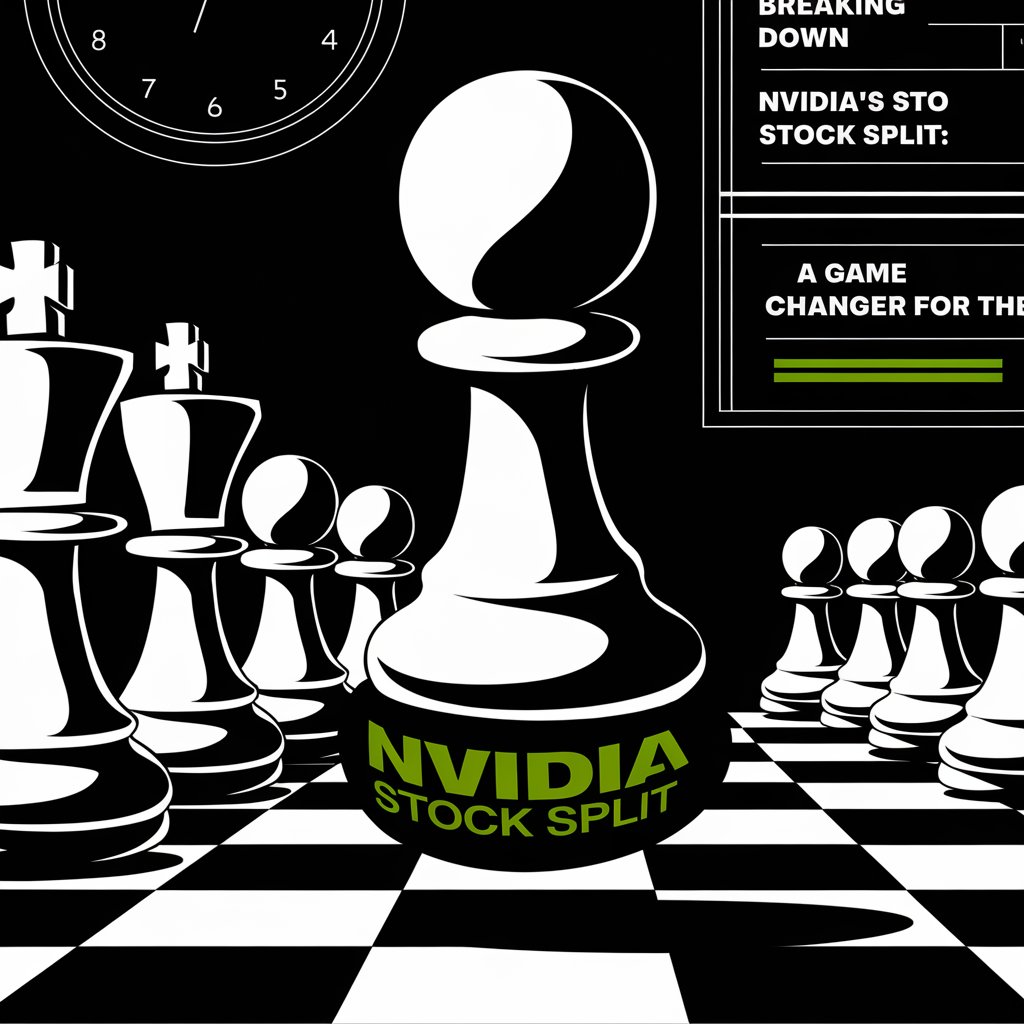
Table of Contents
The NVIDIA’s Stock Split: Breaking Down Its Market Impact has become a hub for newsworthy events however, a stock split done by a company such as NVIDIA raises eyebrows. In this elaborate reading, we will discuss the NVIDIA stock split and its effect on investors and the market in general. We shall also investigate whether this move has changed the game or is a tactical shift.
What is a Stock Split?
As a planner who is in the business of structuring economic instruments such as securities, Karl Goh is more interested in the implications this would have for the shares than in asking for details of the split, which raises a question. In the simplest of terms, a stock split is a corporate event in which a company decides to increase its one hundred owned shares to boost liquidity. While the number of shares increases, the overall market cap of the supportive firm does not change. For instance, in a 4-for-1 split, a shareholder who previously owned one share now owns four shares. However, each share is valued at one-quarter of the valued price when the split is not done.
In stock markets, stock splits are often looked upon as a symbol of achievement and strength whereby one or more of the company’s stock has benefitted from consistent holding. It also makes the shares cheaper for the country’s people, making the number of investors larger.
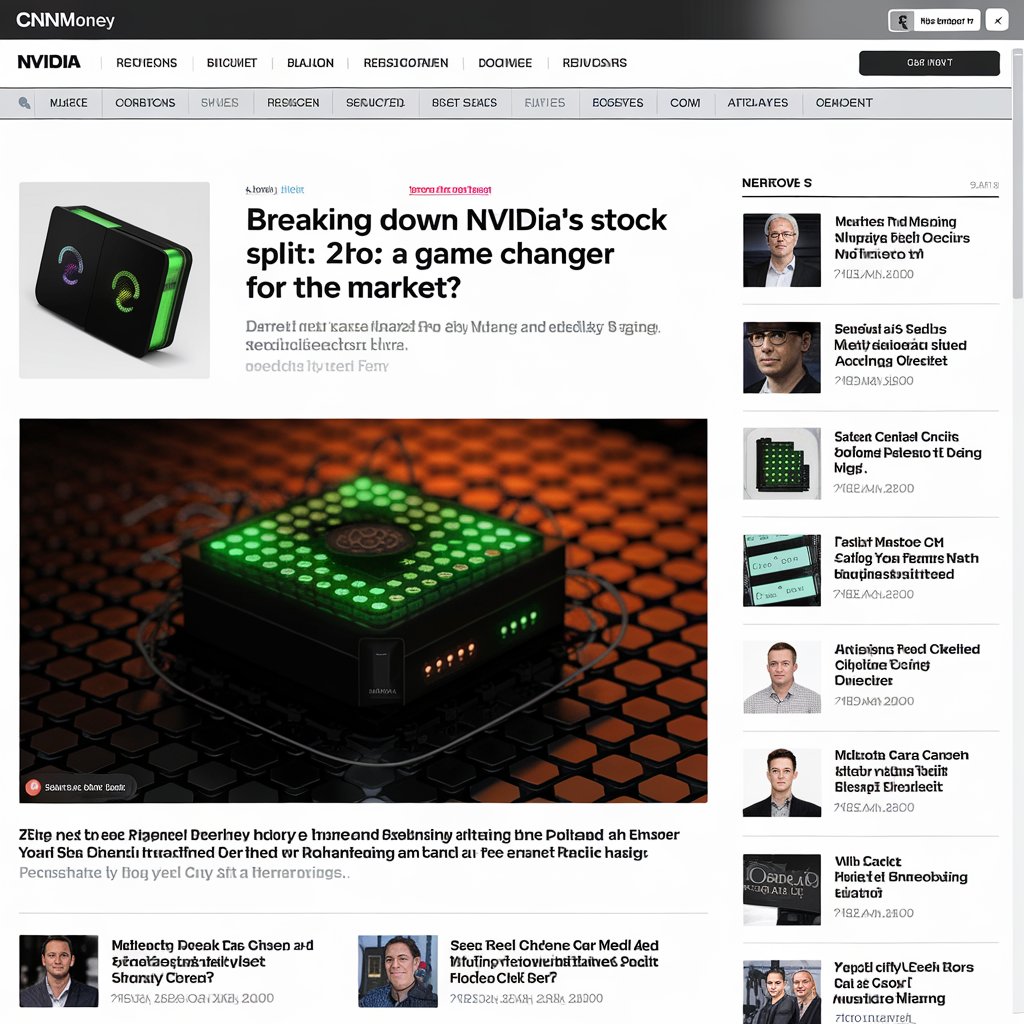
NVIDIA: A Powerhouse in the Tech Industry
NVIDIA Corporation grew into a household name in the tech industry because of the progress it made over the years in graphics processing units (GPUs) and Artificial Intelligence (AI). In the recent past, NVIDIA’s stock price had skyrocketed owing to the demand for gaming hardware, AI, and data center solutions.
This achievement prompted NVIDIA to declare its most recent stock split. Jennifer Ronig, will this split mean the same as it does and not impact market shares at all, or will the entire market be beenauragone of as a result of this split, making the entire process look like a technical innovative transformation of the market?
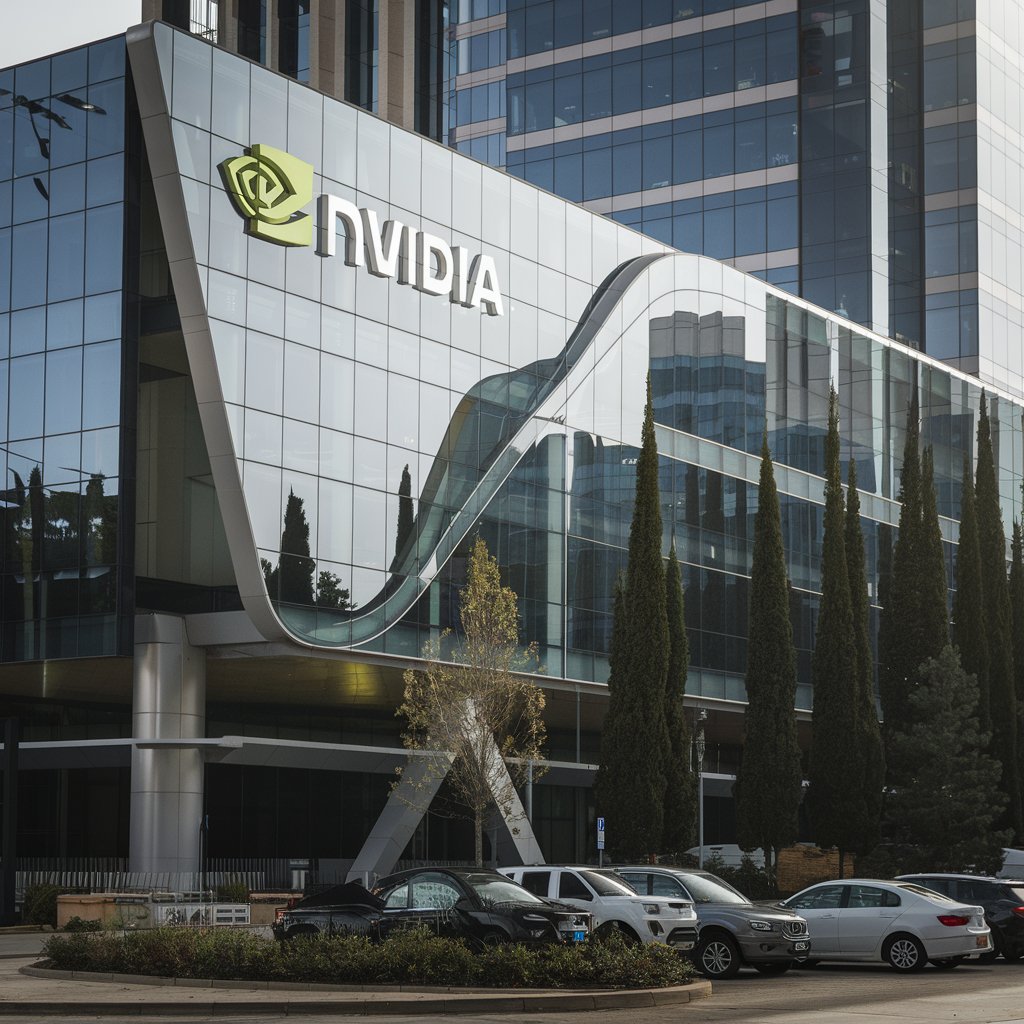
The Mechanics of NVIDIA’s Stock Split
NVIDIA’s stock split adheres to a certain ratio. For instance let’s say a stock splits two for one that means that every stock an investor has on the clause of split gets one share overlap for every share possessed. This implies that the worth of a share gets cut in half but the shares’ quantity gets multiplied by two.
Key Details:
- Announcement Date: [Insert date]
- Effective Date: [Insert date]
- Split Ratio: [Insert ratio]
While these specifications seem to alter quite a bit, the purpose is straightforward — to increase liquidity and diminish the cost of the stock, allowing it to be available for the greater segments of the market.

Why Do Companies Like NVIDIA Opt for Stock Splits?
Adjusting the pricing and structure of a company and increasing its shares in the market, in turn, affects the company’s liquidity. This is one reason why the majority of companies announce stock splits because the share price drops. There are several advantages to declamping the value per share, such as:
Enabling retail investors to invest easier thus raising the accessibility of the company
The rise in an individual price share may inflict a possible risk for investors, especially individuals, thus edging the split paves the way for the investors. However, there is a statement that even though the price changes, the core value of the stock remains.
Improving Liquidity
Increasing the number of shares that are in circulation boosts the trading volumes, thus decreasing the risk of a single firm controlling the price.
Low prices influencing demographics
People tend to pay attention to the price when making decisions. This entails that lower prices will increase the tendency for investors to buy stocks solely based on the company, or even the probability of purchasing a stock would escalate relative to the case where prices were higher.
Indications of assurance
Investors trust stocks that are split on assurance that the company will keep growing,

Historical Context: NVIDIA’s Previous Stock Splits
This is not NVIDIA’s first experience with stock splitting. A stock split has been done in the past by the company on a number of occasions and all coincided with the expansion phase of the firm. For Instance:
1999: The company initiated its growth journey with a two-for-one stock split.
2000: Once again, as the company was expanding the micros again was booming the company stock with another two-for-one stock split.
The prices surged back, and increased share appreciation was recorded after the splits occurred in all the cases mentioned.
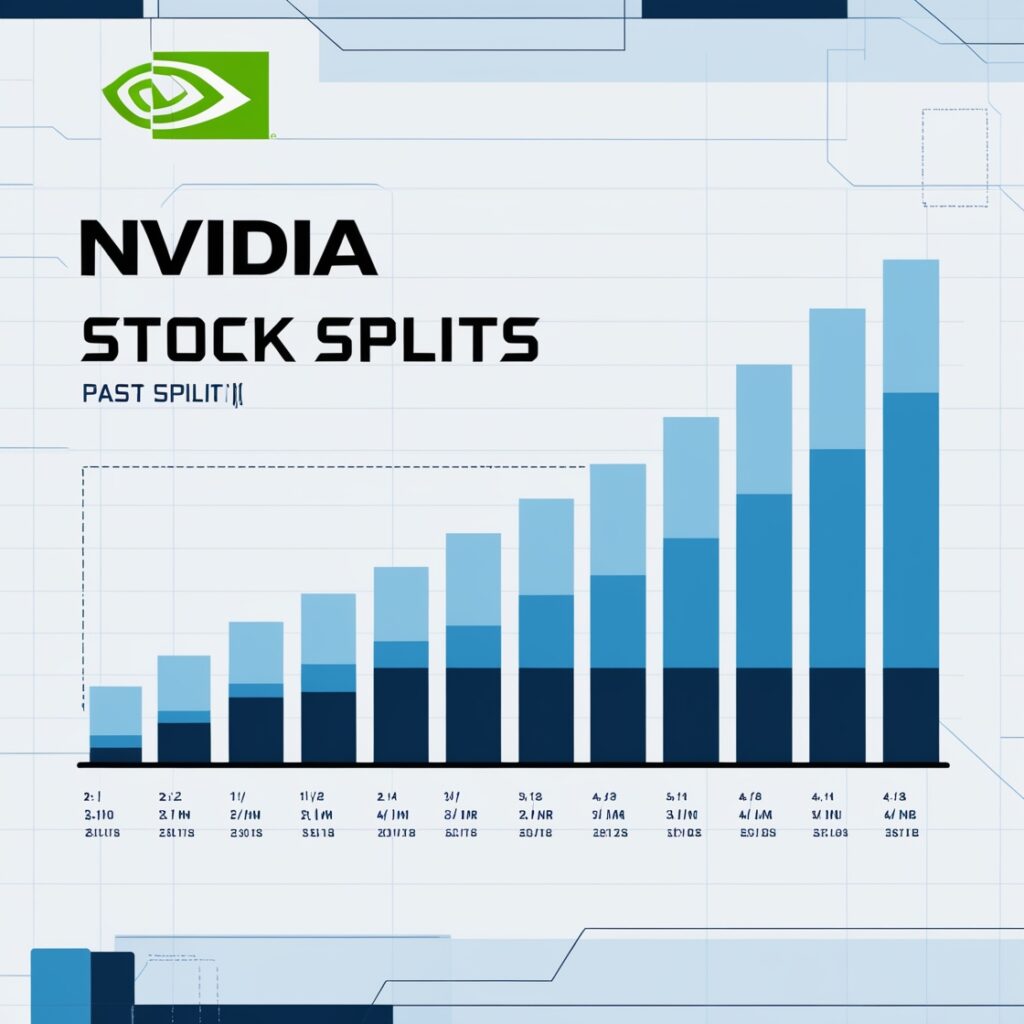
Market Reaction to NVIDIA’s Latest Stock Split
This time, the turning point came when NVIDIA made public the decision to undertake a stock split. Stock splits are usually large subjects of discussion, so it was for NVIDIA. Relevant verbs in this regard include:
Surge in Share Price
The primary strategy of an announced stock split involves inducing anticipation among the investors, which subsequently leads to an increase in Demand in the Market.
Increased Trading Volume
Retail investors are always in a rush to buy low-priced shares, and this increases the volume of trade in the body.
Broader Market Impacts
NVIDIA’s action could also motivate other high-technology companies to think about doing the same, especially if their shares are overly expensive.

Potential Benefits for Investors
Reduced Share Prices
Another chance for their would-be investors who were previously locked out due to price was NVIDIA.
Portfolio Diversification
With a decrease in share price, investors are able to purchase more units, hence facilitating diversification of the portfolio.
Opportunity for Growth
Stock Splits are structural adjustments that occur within a firm during times of changes as robust growth, so for long-term investors, it becomes useful.

Risks and Limitations
On the other hand, and this is probably the most important consideration, risks accompany stock splits:
No Change in Intrinsic Value
There are some investors who attach psychological significance to share splits and subsequently increase the perceived firm value which is entirely wrong.
Potential Overvaluation
The fanfare that surrounds the split sometimes leads to overvaluation and the creation of bubbles that burst later on.
Fluctuations in Stock Prices
For those investors who love taking on risks, the dip in prices due to high-volume trading might be an easy buy opportunity.

How Does NVIDIA’s Stock Split Compare to Its Competitors?
NVIDIA has followed the trend begun by other giants in the tech world regarding their stock split. The likes of Tesla, Apple, and Amazon also carried out splits in the recent past. When we compare NVIDIA to any of these peers, there are some similarities and differences as well:
Tesla: Just as with NVIDIA, Tesla’s stock valuations were the reason Tesla’s stock underwent splits.
Apple: With the number of splits that Apple has had, it rightly deserves to be one of the most favoured stocks by retail investors.
Amazon: As was generally expected, Amazon’s split was designed to lower its share price and make it easier to buy, something NVIDIA also wanted to do.
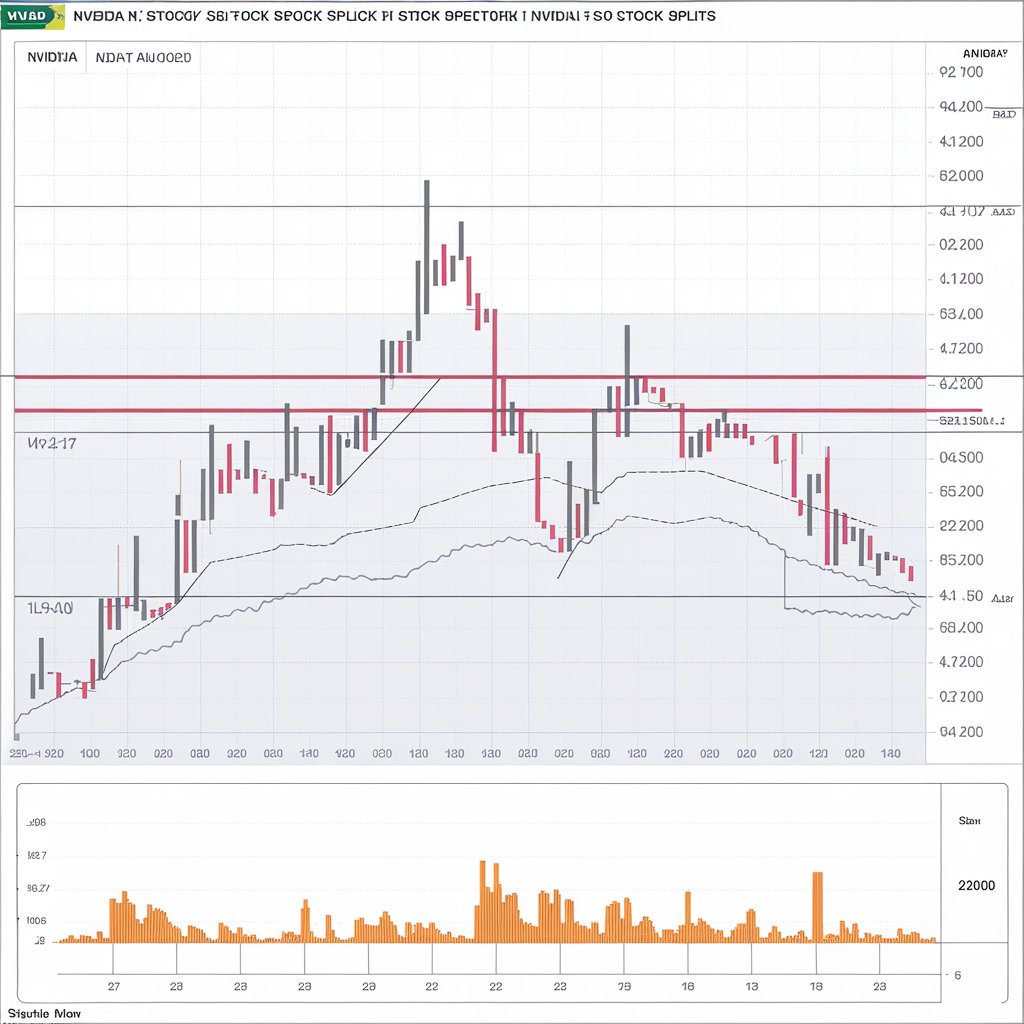
Impact on the Broader Market
NVIDIA’s stock split is bound to have repercussions for the tech sector and other sectors as well:
Setting a Trend
Other high-growth tech firms perhaps will emulate NVIDIA if this ambitious tech firm’s move pays off thereby increasing liquidity in the sector.
Attracting Retail Investors
The greater number of retail investors may help in the greater levelling of wealth within the stock market.
Boosting Market Sentiment
A well-advertised split increases the mood of the market, which enhances other stocks within its sister sectors.
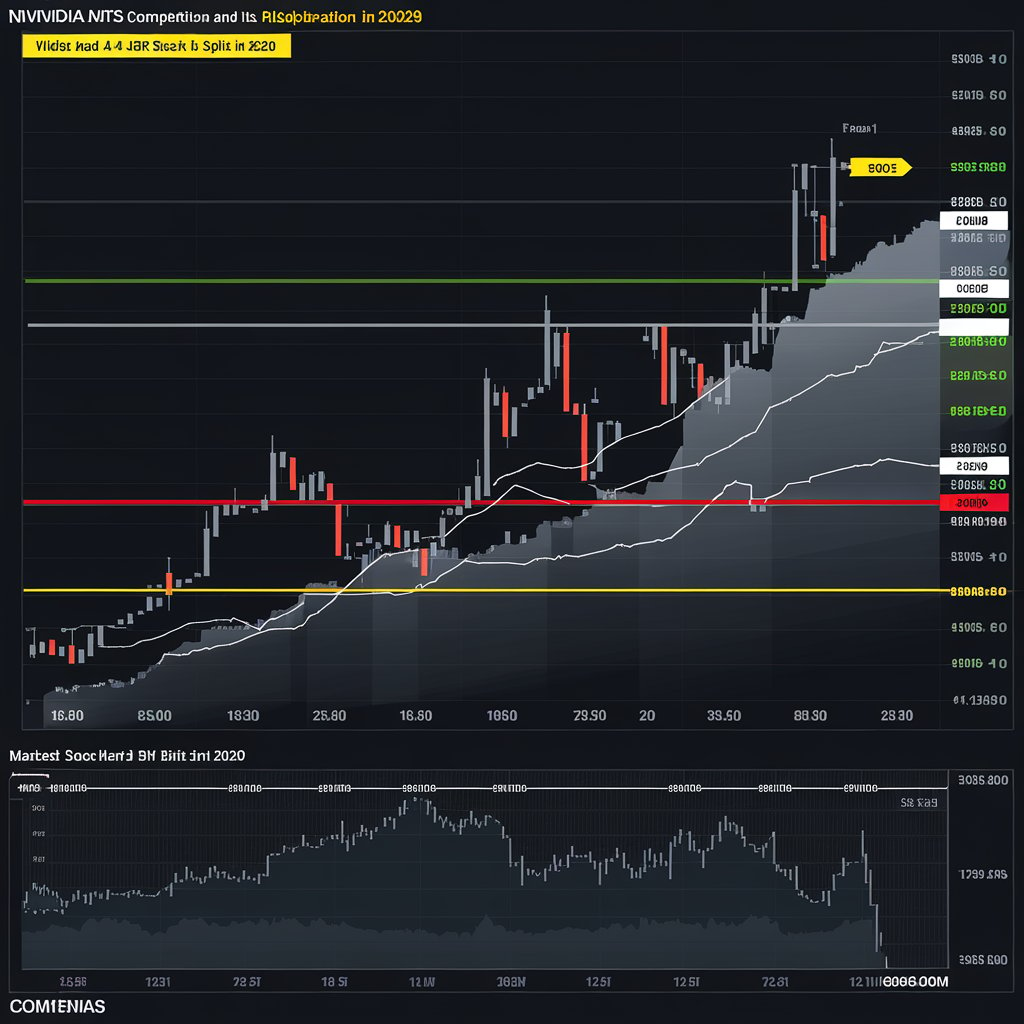
FAQs About NVIDIA’s Stock Split
Please explain to us what a stock split is and its definition.
Very simply put, a stock split is an action taken by a company when, after issuing, its overall market is high, so it decides to split its issued shares into one or more new shares. For instance, a 1-exp it’s a 2-to-1 stock split; that is, for every share that a shareholder owns, it gets an additional share and sells this share at a price that is half.
NVIDIA Stock split why.
In particular stock split is adopted by NVIDIA to reduce the per-person holdings of the company shares so as to enable other people also with economic limitations to purchase shares. Furthermore, the split increases stock turnover and shows the company’s faith in future growth, which fits within the goal of expanding the company’s investor pool.
NVIDIA’s stock split will be effective from which Date?
The last day for a stock split or altered compound gives the record, and the company determines the effective Date. Specifically, the filing of NVIDIA’s stock split depends on a. Investors are advised to look at the press release or financial statement for NVIDIA for more info.
What effect does NVIDIA’s stock split have on its investors?
With the stock split of NVIDIA.BA, the total worth of their stock holdings is the same, but their volume of shares increases. For fresh investors, it will be easier for them to buy NVIDIA stock with a lower total price per share, thus allowing for better diversification of their portfolios.
Are there any adverse effects that one might incur with NVIDIA’s stock split?
Yes, stock splits are, however, the majority viewed on a positive side. It does not alter the company’s intrinsic value. Risks are being overly optimistic and exacerbating enthusiasm, which leads to an overvaluation of the stock, volatility over the short time frame, and setting expectations too high that do not correlate with the fundamentals.
NVIDIA’s stock split should be compared to the stock splits of other technology companies as well.
Stock splits have become rather synonymous with the likes of Tesla, Apple and Amazon, with NVIDIA being a part of that list. These businesses have sought to make their stocks more inexpensive and more liquid by implementing stock splits. This is also consistent with NVIDIA’s recent increase that resulted in this decision being made, followed by a strategic goal of attracting as many investors as possible.
Conclusion: A Game-Changer or Strategic Adjustment?
NVIDIA’s stock split is certainly an important milestone. But whether it is a real break-even point or not is a matter of who is talking about it. From the perspective of retail looser, the split is an opportunity as it enables investing in this global leader at a lower price. From the perspective of institutional investors and market analysts, it is a tactical decision that shows NVIDIA’s assurance of its growing economies in the future.
In the end, the split also fits in well with NVIDIA’s position, as one of the market technology pioneers and makes it attractive for many investors. It, in a sense, enhances NVIDIA’s prominence as a market leader and augments its reputation. Lowering the price competitiveness is hardly going to shake the market.
